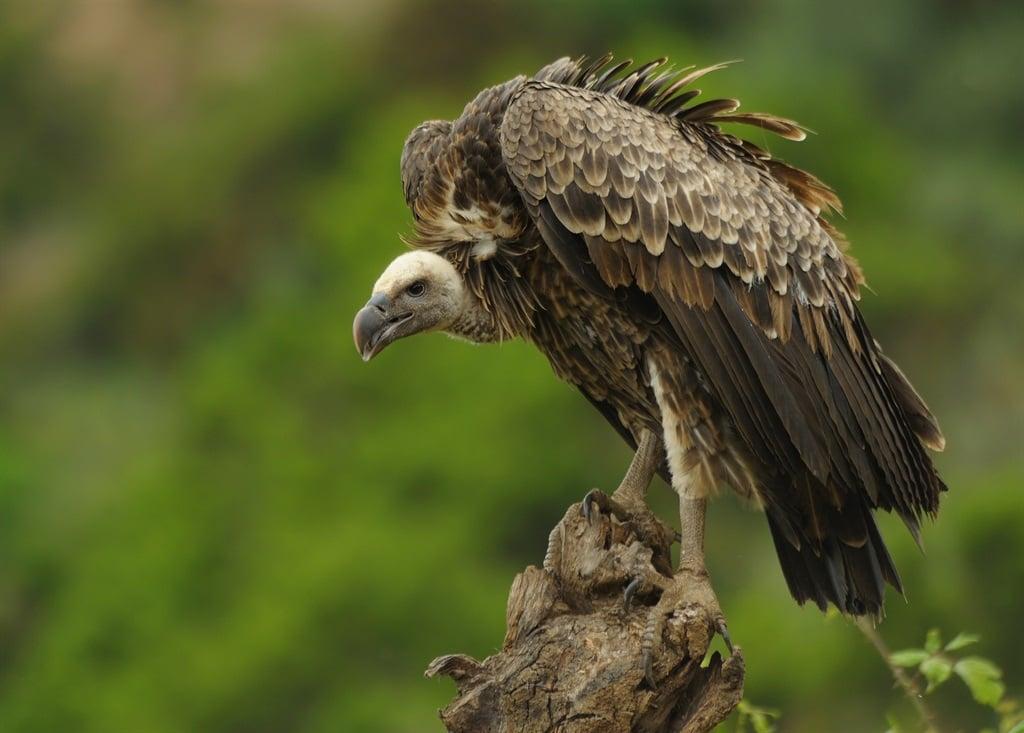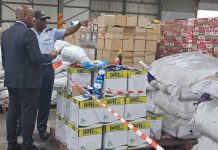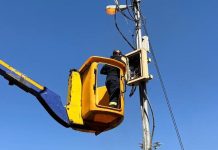Africa-Press – South-Africa. Government has released a draft proposal to limit vulture deaths caused by poisoning, electrocution from the collision with power lines and habitat loss.
The draft Biodiversity Management Plan for vultures was gazetted by Forestry, Fisheries and Environment Minister Barbara Creecy on 2 December 2022. The plan supports the conservation of vultures, some species of which are threatened with extinction.
The plan was developed by the Department of Forestry, Fisheries and Environment (DFFE), as well as individuals from organisations like the Endangered Wildlife Trust, Birdlife South Africa, the South African National Biodiversity Institute and the University of KwaZulu-Natal and Eskom.
There are nine vulture species in South Africa, and seven of them have established breeding populations in the country – but they face threats of extinction, the DFFE gazette indicated.
Among the species under threat include the Bearded and Cape vultures – which nest in cliffs – and the Hooded, White-backed, Lappet-faced, White-headed and Palm-nut vultures – which nest in trees. The White-headed, Hooded and White-backed vultures are classified “critically endangered” by the International Union for Conservation of Nature (IUCN). This is the highest category of threat which means they face a high risk of extinction in the wild.
“Unless effective conservation action is implemented nationally, there is a likelihood that several of these species will become extinct in the near future,” the gazette read.
Vulture populations in Africa have been on the decline for the past 30 years, and the main drivers that have been identified include poisoning (whether intentional or not), electrocution from the collision with energy infrastructures such as power lines and habitat loss which is caused by human encroachment and even climate change.
Government notes that there has been a lack of decisive action to address the decline across the continent, which is why the Biodiversity Management Plan is warranted.
Poisoning
Poisoning is considered the most significant threat to South African vultures. Populations have been either intentionally or unintentionally affected by feeding off poisoned carcasses. For example, sometimes carcasses are laced with poison – but are not necessarily intended for vultures. Unintentional poisoning can also take place when vultures feed off animals that died by ingesting poison. Sometimes they feed off dead livestock treated with medicine, which is poisonous to vultures.
Vultures can also be affected by lead poisoning – sometimes from ingesting lead fragments from carcasses that were shot.
Vultures have also been intentionally poisoned – for use of their body parts in African traditional medicine.
A major step in limiting poisoning involves working with the relevant stakeholders like vets, traditional leaders and healers and those in the agricultural sector to promote sustainable practices. For example, the plan proposes working with veterinary institutions to prevent the use of harmful pharmaceuticals.
Vultures in South Africa are particularly affected by collisions with the country’s extensive power lines.
“Electrocution risks can be significant in poorly designed or uninsulated energy infrastructure,…” the gazette read. “Collisions with power lines are a significant threat to vultures, where they are susceptible largely due to their size and relatively poor manoeuvrability…” it indicated.
The rollout of renewable energy infrastructures such as wind and solar means the transmission network will have to expand and increase the risk of collisions in new areas. The gazette noted that vultures also risk colliding with infrastructure like wind turbines.
“The rapid development of wind energy in southern Africa represents an additional threat to the already fragile populations of African vultures.
The draft plan proposes a risk assessment of new and existing infrastructure, which would inform mitigation measures – Eskom, the DFFE and the Department of Cooperative Governance and Traditional Affairs are key role players in this.
Notably, power lines close to breeding, foraging and roosting sites (within a 2.5km radius) need to have “bird-friendly structures”, the gazette indicated.
The plan also calls for an assessment of existing mitigation plans to determine if they are effective. The draft also encourages the consideration of vultures in the environmental management programmes of renewable energy projects.
The plan also makes broader recommendations to support conservation – such as promoting continued research and improved monitoring of vulture populations and steps to identify nesting and foraging sites which are not formally part of national protected areas.
The plan also indicates that national and provincial legislation be updated to address the current conservation status of vultures and promotes continued information sharing on their conservation.
The public has 30 days (from 2 December) to submit comments on the draft plan.
For More News And Analysis About South-Africa Follow Africa-Press






